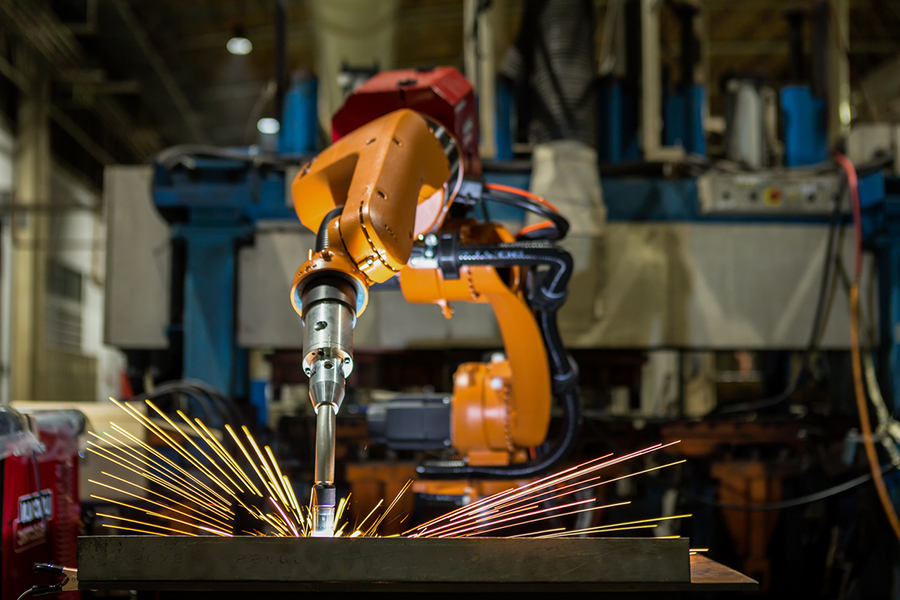
Shaping Public Opinion: The Powerful Influence of Social Media in Politics
Over the past decade, social media has dramatically changed the face of politics, becoming a powerful tool for shaping public opinion. With over 3 billion users worldwide, platforms like Twitter, Facebook, and Instagram allow politicians and political parties to instantly connect with voters, leveraging the speed and global reach of the internet to spread their message.
The influence of social media in politics cannot be overstated. From election campaigns to legislative debates, politicians are increasingly turning to social media to shape public opinion and mobilize supporters. Social media has enabled politicians to bypass traditional gatekeepers of information, such as traditional media outlets, allowing them to drive the conversation and shape the narrative around critical issues.
However, social media can also be a double-edged sword for politicians, as false information and fake news can spread rapidly, often with significant consequences. As such, it is essential for politicians and political parties to use social media responsibly to ensure that accurate and meaningful information is shared and that voters can make informed decisions about their elected representatives.
The Power of Social Media in Political Campaigns
Political campaigns have long relied on television and radio advertising to reach potential voters. However, social media has now become an integral tool for political campaigns, with politicians and political parties increasingly using platforms like Twitter, Facebook, and Instagram to drive engagement and mobilize supporters. By sharing targeted messages and advertising to specific user groups, politicians can more effectively reach the voters they need to win.
Moreover, social media provides a unique opportunity for politicians to generate grassroots support and build relationships with constituents. By leveraging the power of influencer marketing and engaging with voters through social media, politicians can create a sense of community and ownership among their supporters, driving higher levels of turnout on election day. In this sense, social media has democratized the political process, leveling the playing field for smaller parties and less well-funded candidates.
The Future of Social Media in Politics
As social media continues to grow in importance, it is reasonable to assume that it will play an even larger role in politics in the years to come. With features like live streaming enabling politicians to speak directly to voters in real-time, social media has the potential to reshape how politicians connect with the public. However, social media also poses significant risks to the democratic process. As we have seen in recent years, social media platforms can be manipulated by bad actors to disseminate false information, sow chaos, and drive political polarization.
That being said, the future of social media in politics will be shaped by how politicians, political parties, and social media companies themselves respond to these challenges. By working to promote transparency, fact-checking, and responsible behavior online, we can ensure that social media remains a positive force for democracy and that politics remains accessible to all.
The Ethical Considerations of Social Media in Politics
As social media becomes increasingly influential in politics, there is a growing need to consider the ethical implications of using these platforms in the political process. One major concern is privacy, as social media companies collect a significant amount of personal data on their users, which can be used to target them with political advertising. Additionally, there is the potential for social media to magnify unethical behavior, such as spreading fake news, propagating hate speech, and engaging in cyberbullying or harassment.
Politicians, political parties, and social media companies have a responsibility to ensure that ethical standards are maintained in political discourse online. This includes promoting transparency around political advertising, safeguarding user privacy, and preventing the spread of misinformation on social media. Moreover, it is essential that political leaders take a firm stance against cyberbullying and hate speech, setting an example for their supporters and followers to do the same.
The Role of Social Media in Civic Engagement
One of the most important aspects of social media in politics is its potential to increase civic engagement among voters. Social media has made it easier for people to engage with political issues and stay informed about political news, allowing them to become more involved in the political process. People can share their views on political issues, monitor political events in real-time and actively participate in online discussions on important topics. This increased engagement has the potential to drive voter turnout and improve representation in government, especially among younger and more tech-savvy demographics who may have been disengaged from the political process in the past.
Moreover, social media platforms have become a new battleground for political activism, providing space for people to come together and advocate for social and political change. Through social media, grassroots movements and nonprofits can unite supporters around a shared cause, organize protests and demonstrations, and fundraise for political campaigns. By leveraging the power of social media for political advocacy, individuals can make their voices heard and drive real change in society.
The Importance of Digital Literacy in the Age of Social Media
As social media becomes more pervasive in politics, it is essential that individuals develop the skills necessary to navigate this new landscape. Digital literacy, the ability to use digital technologies and platforms to find, evaluate, and communicate information, is essential for informed citizenry and political engagement. However, not all individuals have equal access to digital technologies or the skills necessary to use them effectively, which can exacerbate existing inequalities in political participation.
As such, educational programs and training initiatives can play an important role in promoting digital literacy and improving civic engagement. By providing access to digital technologies and teaching individuals how to engage with political issues online responsibly, we can create a more informed and engaged electorate. Additionally, social media companies have a role to play in promoting digital literacy, by investing in educational initiatives and implementing tools that combat fake news and other forms of harmful content online.
The Need for Regulation and Transparency in Social Media Political Advertising
The use of social media in political campaigns has raised concerns about the transparency and regulation of political advertising on these platforms. Unlike traditional forms of political advertising, social media allows for highly targeted messaging to specific user groups, which can result in the spread of false information or propaganda without sufficient oversight. Furthermore, the lack of transparency around political advertising on social media has made it difficult for citizens to know who is funding political ads or understand the context in which they are being shared.
Thus, there is a critical need to establish clear rules and regulations around political advertising on social media. Such policies should ensure that all political advertising is clearly identified as such and that the public has access to information about who is funding political ads. Additionally, it is crucial that social media companies take a more active role in monitoring political advertising on their platforms to ensure that it complies with ethical and legal standards. By addressing the issues of regulation and transparency in social media political advertising, we can help ensure that the democratic process remains fair, transparent, and accessible to all.
Final Notes
Over the course of this article, we have explored the powerful influence of social media in politics, from its ability to shape public opinion to the ethical considerations surrounding its use. Here are the main takeaways:
- Social media has dramatically changed the face of politics, enabling politicians to instantly connect with voters and spread their message globally.
- Social media is a powerful tool for political campaigns, helping politicians to generate grassroots support and mobilize voters.
- Social media poses new ethical challenges in politics, including issues of privacy, the spread of fake news, and the use of hate speech and cyberbullying online.
- Efforts to improve digital literacy and promote responsible online behavior can help mitigate these risks, ensuring that social media remains a force for positive change in the political process.
- Finally, there is a critical need for transparency and regulation in political advertising on social media, to ensure that democratic processes remain fair, accountable, and accessible to all.
As social media continues to evolve, it will be up to us as individuals, politicians, and social media companies to navigate these new challenges and opportunities responsibly. By working together, we can harness the power of social media to drive positive change and build a more informed, engaged, and democratic society.
References:
- Kreiss, D. (2019). Campaigns, Communication, and Media Strategies. Oxford Research Encyclopedia of Politics, 1-30. Retrieved from https://oxfordre.com/politics/view/10.1093/acrefore/9780190228637.001.0001/acrefore-9780190228637-e-955
- Woolley, J. K., & Guilbeault, D. (2018). Computational Propaganda Worldwide: Executive Summary. Retrieved from https://comprop.oii.ox.ac.uk/wp-content/uploads/sites/89/2018/07/2018_CPHP_Computational-Propaganda-Worldwide-Executive-Summary-1.pdf
- Bode, L., & Vraga, E. K. (2015). In related news, that was wrong: The correction of misinformation through related stories functionality in social media. Journal of Communication, 65(4), 619-638. doi: 10.1111/jcom.12169
Additional References: The role of social media in shaping public opinion and political discourse



